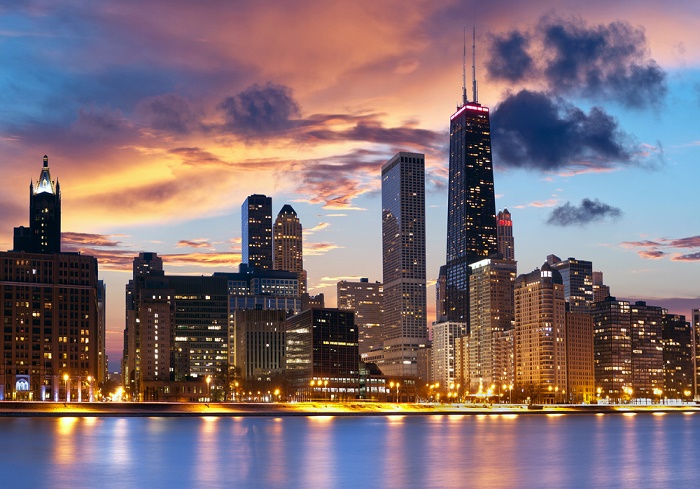
It’s now been at least two decades since the word “millennial” entered the general lexicon of brand managers and advertising experts, and that timeframe has also resulted in shifting definitions for the term. Though millennials began as teenagers with expendable income, they’re now becoming a foundational segment of the modern retail landscape – though categorizing just where these millennial consumers live and shop is another question entirely.
According to a Nielsen survey, a minority of only 25 percent of millennials plan on sticking where they are over the next five years. That leaves millions and millions of consumers in their primes to migrate across the country, although predicting where they’ll end up is arguably the more important lesson to draw.
Fortunately, Nielsen also projected the Top 10 fastest growing U.S. metro areas through 2018 in terms of home values, and some less-than-glamorous locations fill the list of millennial magnet regions. Topping the ranks are Memphis, Tennessee, and the Tampa-St. Petersburg-Clearwater area in Florida, which are both set to see increases in property values by an estimated 33 percent. Just after that comes Jacksonville, Fla. at 32 percent, the Greater Milwaukee Area in Wisconsin at 30 percent and St. Louis, Missouri, at 29 percent.
While these regions may see an influx of millennial transplants as the years drag on, it’s worth pointing out that though this generation may migrate just like all those before them, moving to a new city and buying up a house in a strange land might not top the list of millennial movers’ priorities. In fact, James McKellar, director of real estate and infrastructure at York University’s Schulich School of Business, told the Toronto Star that U.S. millennials in particular are looking at different lodging possibilities when moving to new cities.
“Millennials have much less of an attraction to owning a single-family home and a car. They’ve got much more of an attraction to a lifestyle and a job,” McKellar said. “And many of them, especially in the United States, have become skeptical of this notion of a house as an investment.”
If millennials aren’t buying homes for themselves, the next obvious answer is that they’re packing apartment and condominium buildings in city centers, but Gizmodo explained that economic factors and a steep real estate market for new buyers all but prohibits that for millennials. In the 13 largest metropolitan areas in the U.S., which includes everything from New York to Los Angeles, the average millennial is several thousand dollars short of affording the most common home mortgage payments in those cities. In San Francisco, millennials need an extra $60,000 to afford the median homes in their areas, while San Jose-bound 20-somethings need a whopping $80,000 raise to do the same.
So if millennials are moving out of their home regions but can’t afford to buy houses in major markets, where are they actually going? A study by the Urban Land Institute found that 35 percent of millennial movers (the largest such contingent) are migrating toward city neighborhoods that may not be near downtown but still offer access to the interior (i.e. NYC’s Brooklyn or Chicago’s Glenview). In fact, only 13 percent are moving directly to downtown areas.
What does this mean for retail? The old shopping centers that catered to exclusively urban or suburban crowds might not be tailored to millennials’ consumer habits, and more stores might be needed in burgeoning millennial enclaves located halfway between city and commuter towns. Although, for long-term success, retailers will have to remain as open to change as millennials are themselves about where in the world they put down roots.
“[Millennials] want to live where it’s easy to have fun with friends and family, whether in the suburbs or closer in,” M. Leanne Lachman, an author of the ULI study, told Gizmodo. “This is a generation that places a high value on work-life balance and flexibility. They will switch housing and jobs as frequently as necessary to improve their quality of life.”